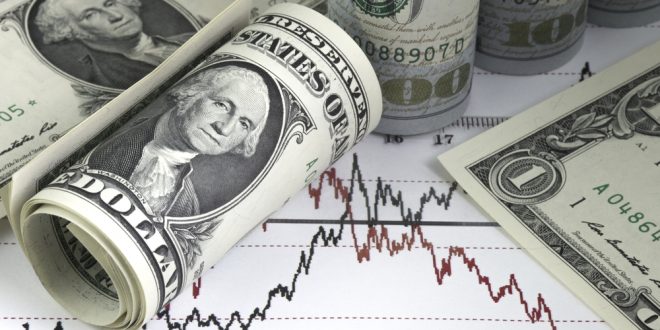The recovery of sentiment in global markets led to the dollar’s decline, while riskier currencies strengthened after optimism about US President Joe Biden’s plans to stimulate the effects of Covid-19 outweighed.
The market sentiment appeared more cautious at the end of last week, as European economic data revealed that the restrictions of general isolation measures to limit the spread of the Coronavirus had damaged business activities, which led to the decline of shares.
Despite improved sentiment on Monday, demand for the safe-haven US dollar decreased. The dollar index declined overnight, falling 0.2% to 90.094.
Analysts expect a broad decline in the dollar during 2021.
The euro stabilized against the dollar at $1.2174.
And at last week’s European Central Bank meeting, Bank President Christine Lagarde said that the bank was monitoring the euro closely. The euro rose 9% last year against the dollar and reached its highest level in two and a half years earlier this January.
The Australian dollar, which is considered an indicator of risk liquidity, rose 0.2% to 0.773 against the US dollar.
The New Zealand dollar rose 0.4%, while the Norwegian krone paid for commodities rose 0.3% against each dollar and euro.
The safe-haven Japanese yen settled during the day at 103.735 against the dollar.
The Swiss franc lost slightly against the euro, reaching 1.0786.
 Noor Trends News, Technical Analysis, Educational Tools and Recommendations
Noor Trends News, Technical Analysis, Educational Tools and Recommendations





